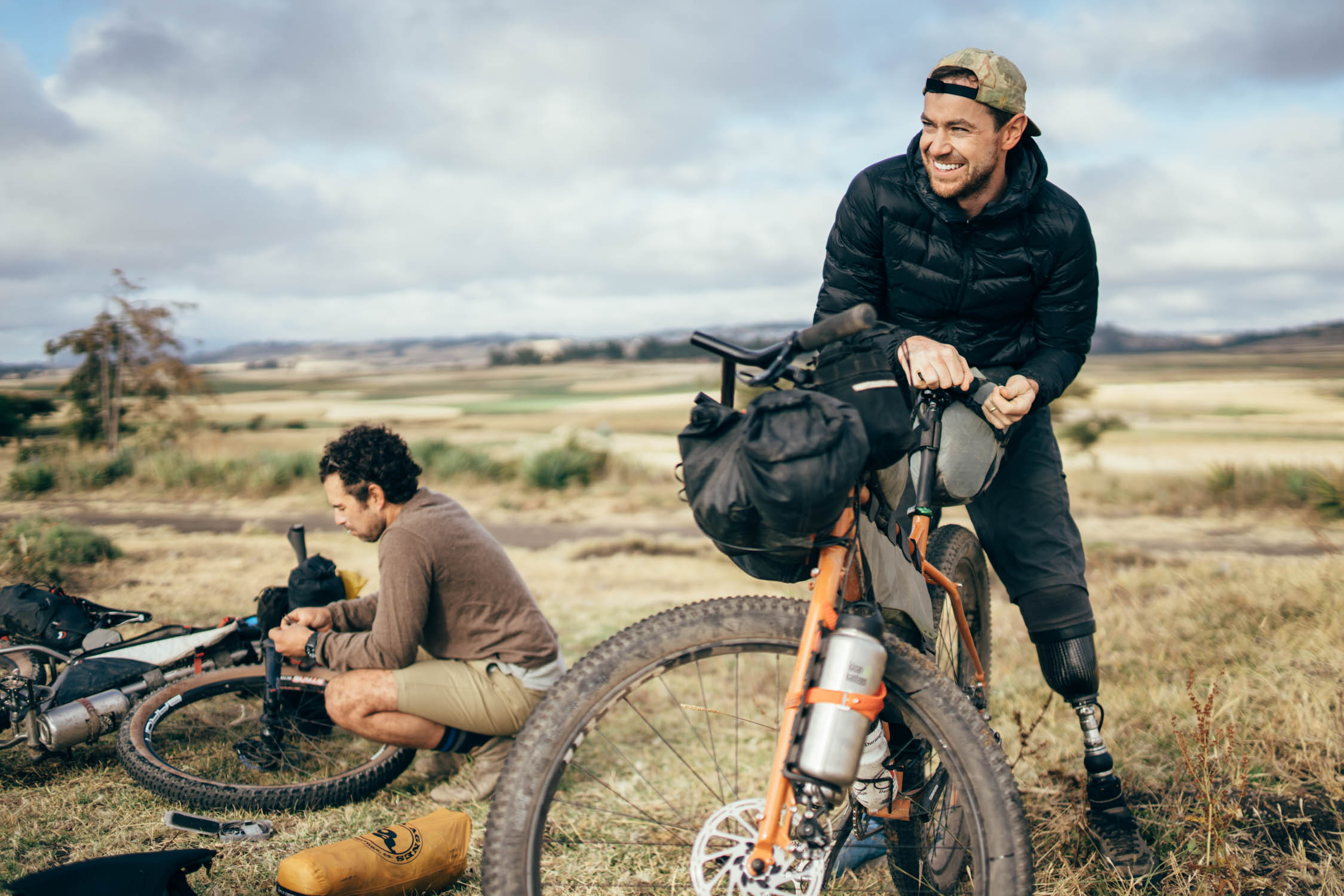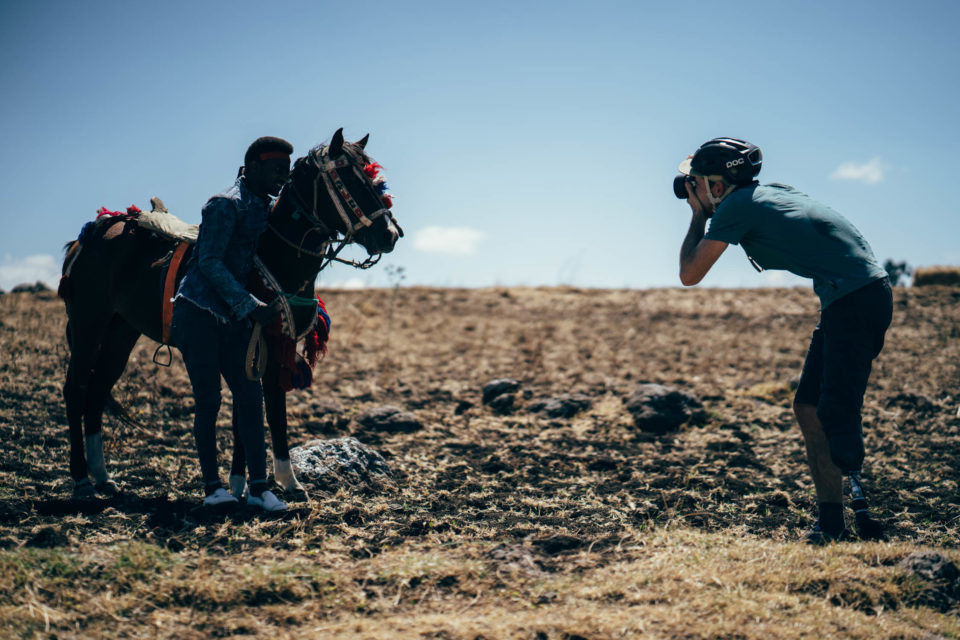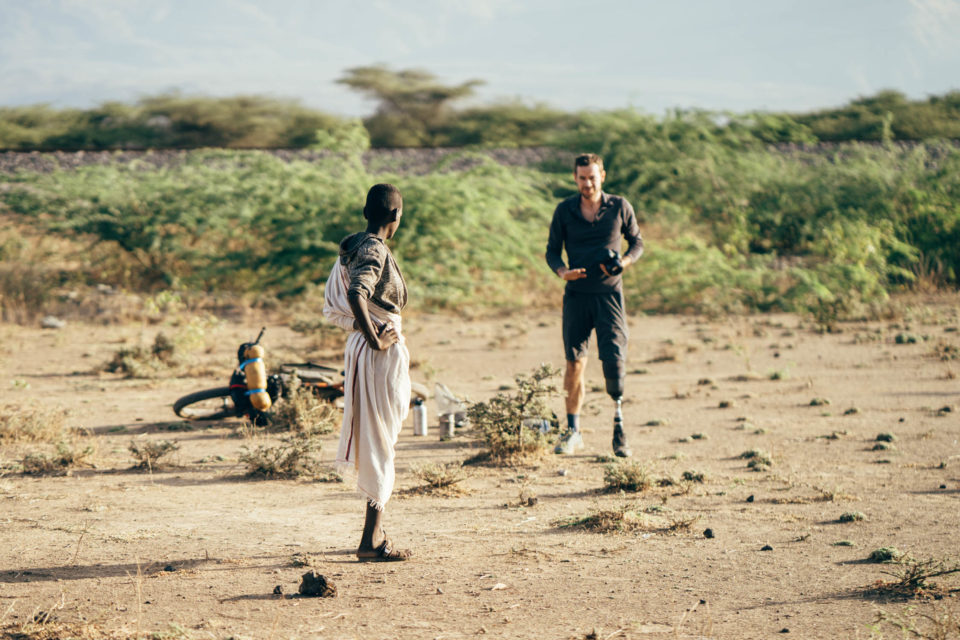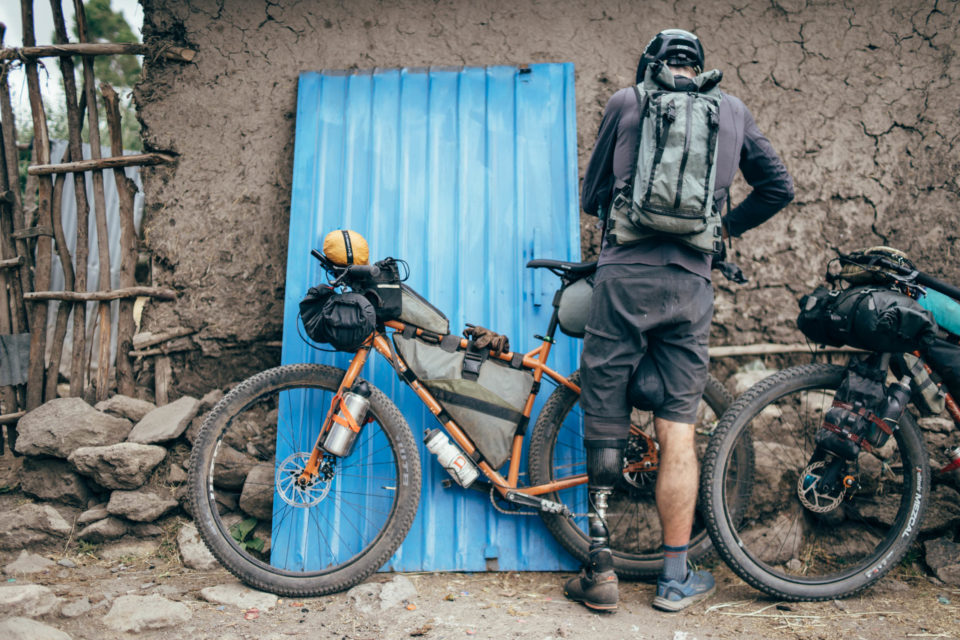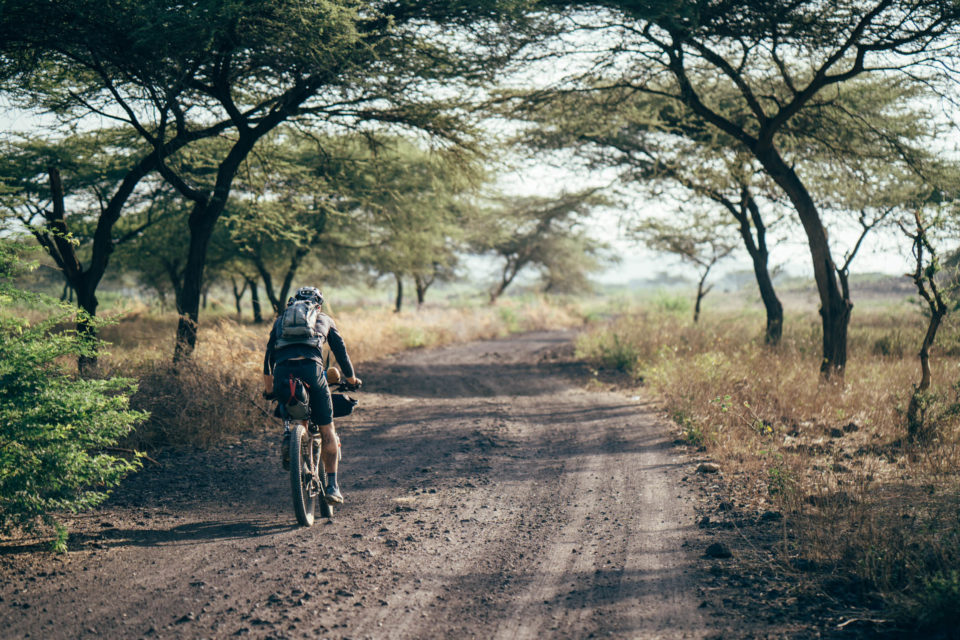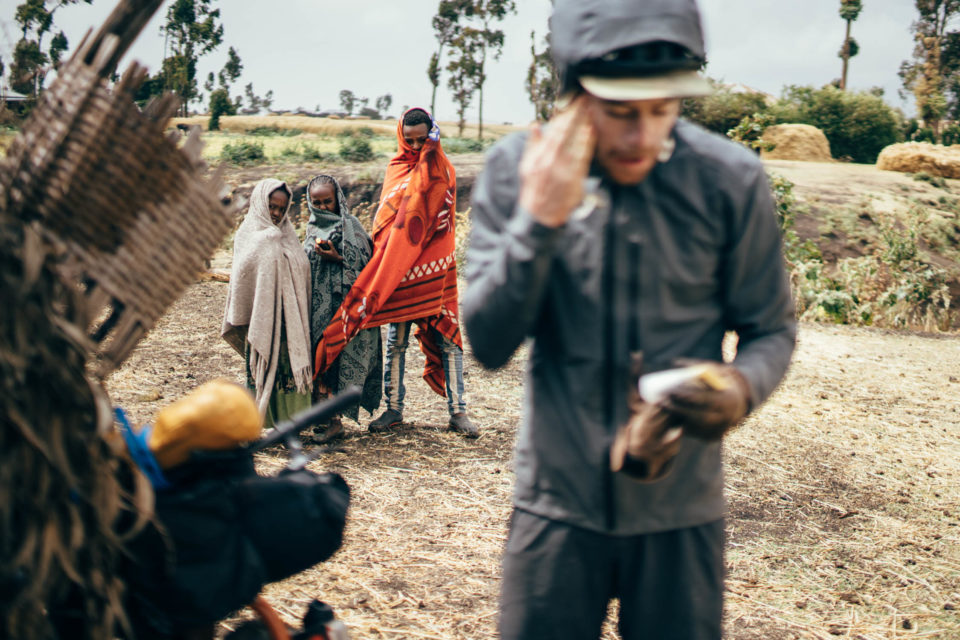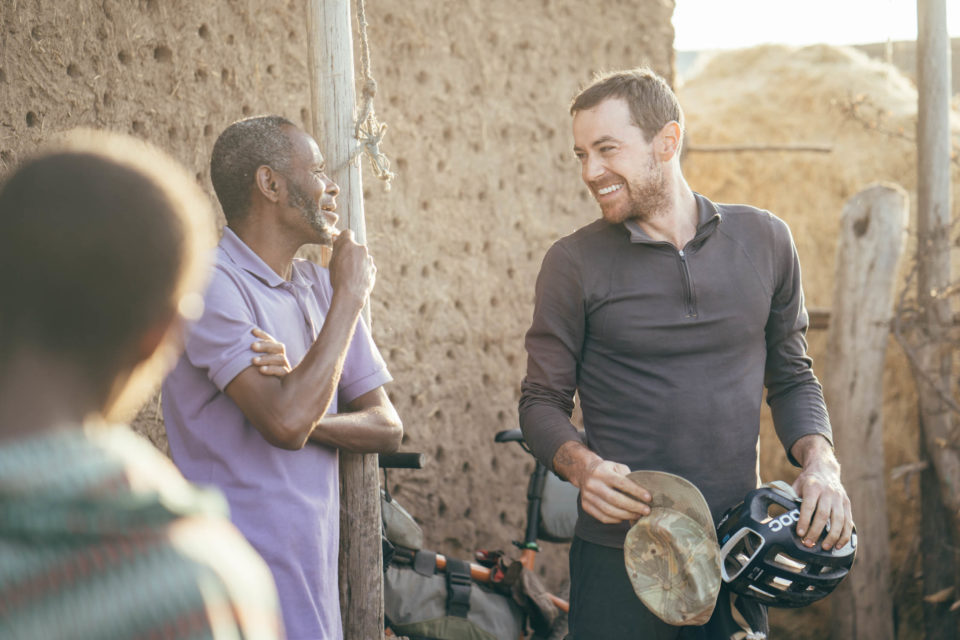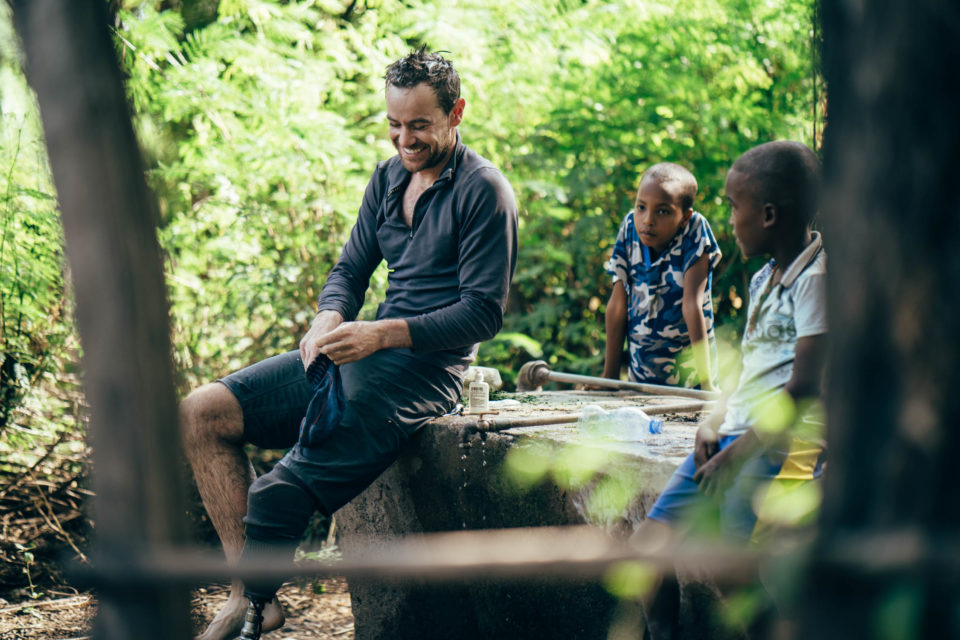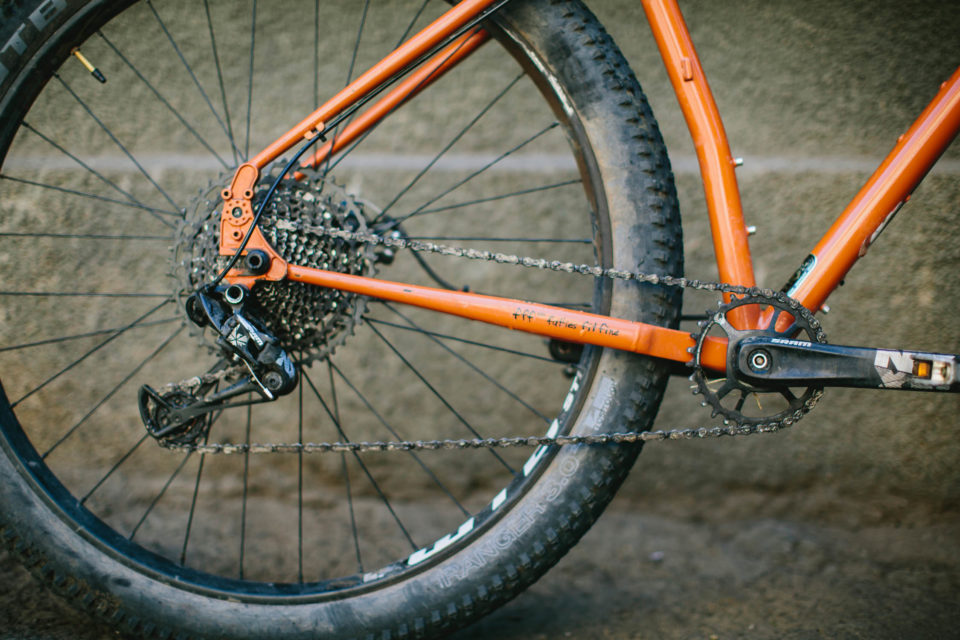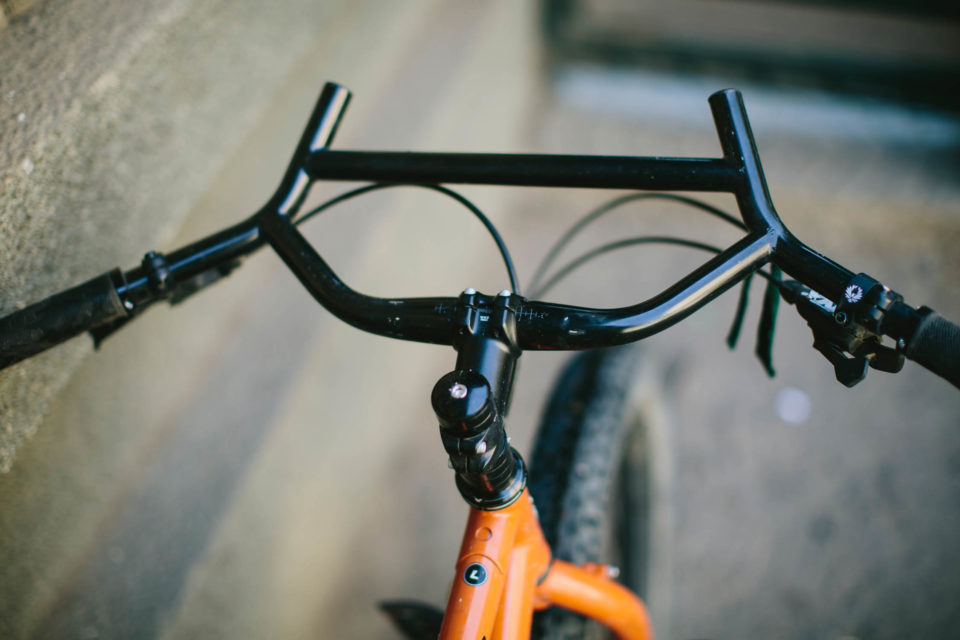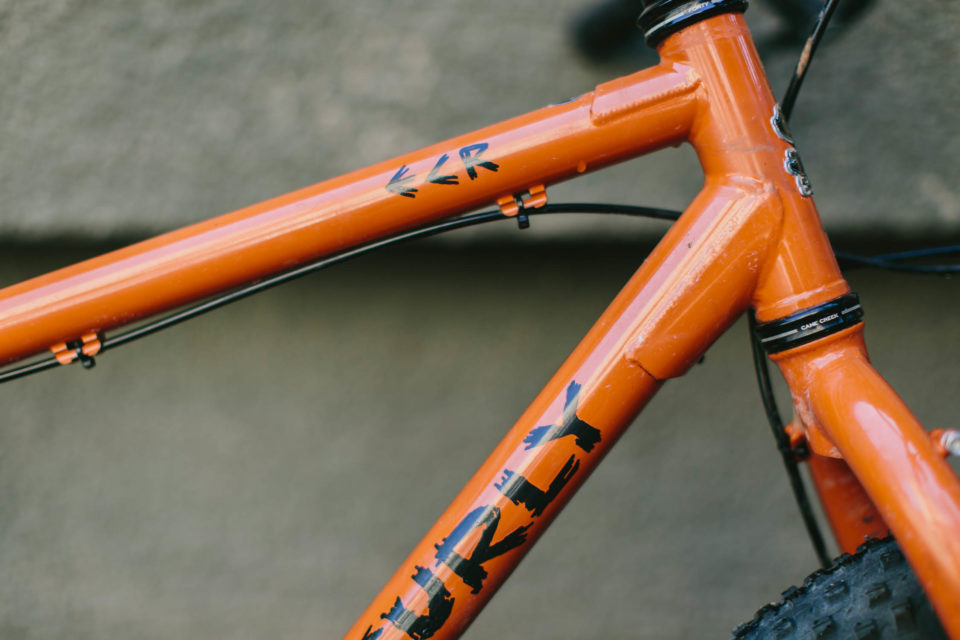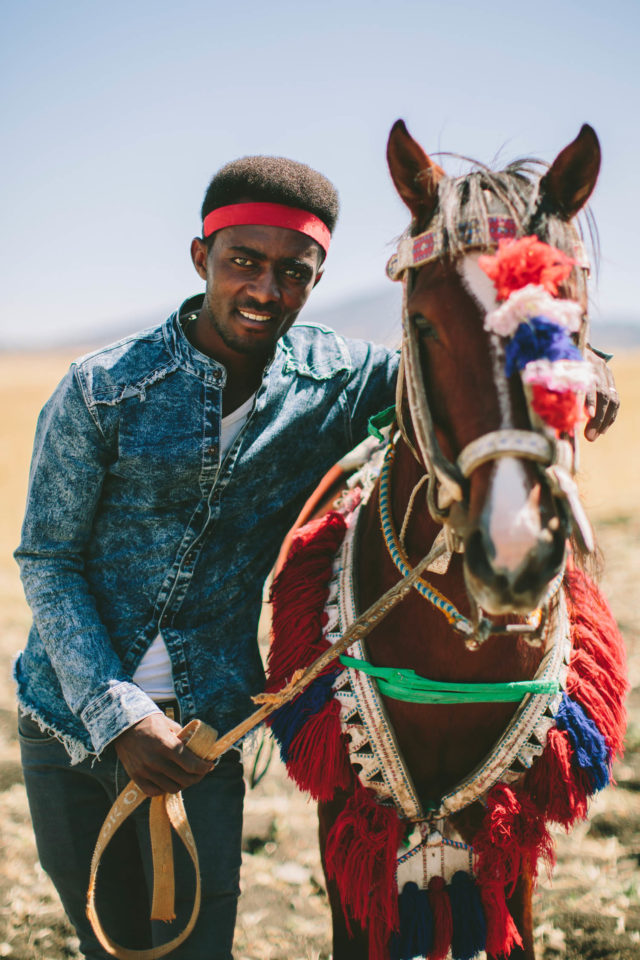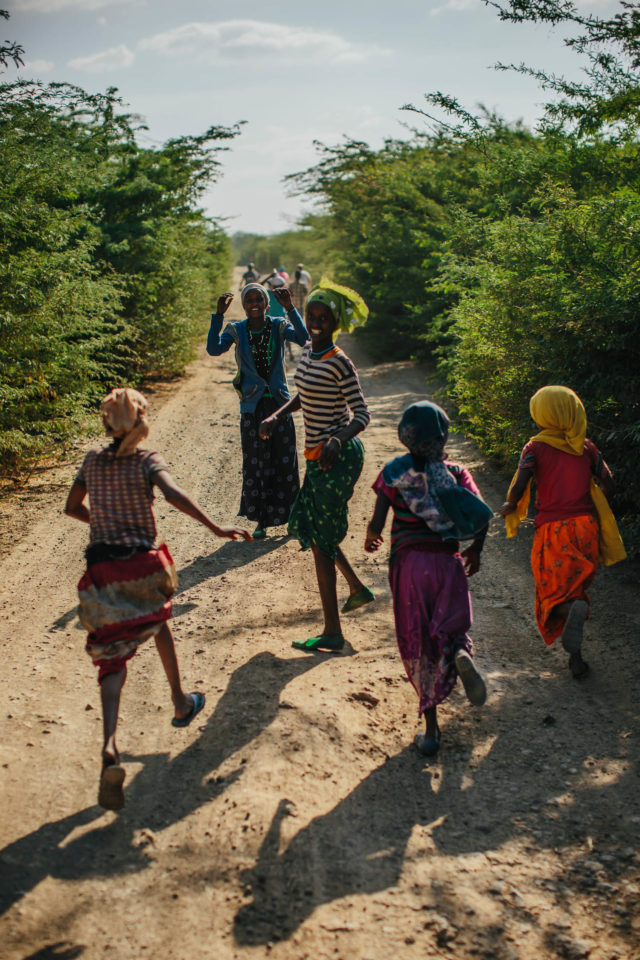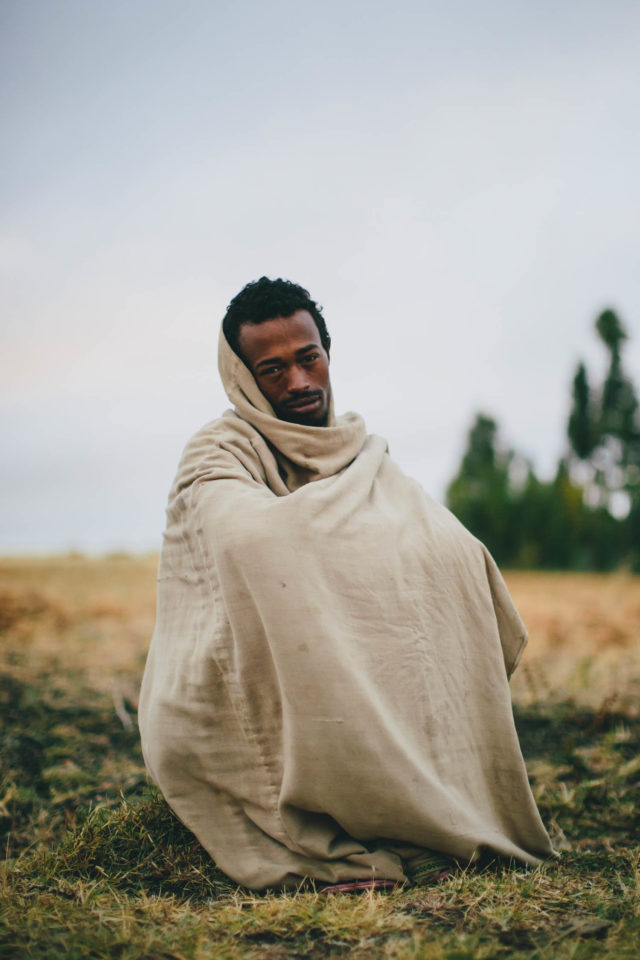Joel Caldwell and his Surly ECR in Ethiopia
Share This
In this edition of Rider and Rig, we check in on our old friend Joel Caldwell. Joel is a professional conservation photographer whose work has taken him to some amazing places. Less than two years ago, after a serious motorcycle accident, Joel lost his left leg. Nonetheless, a positive outlook, perseverance, and training got him back on the bike for our recent ride through Ethiopia…
You might have read about (or seen photos by) Joel Caldwell on this site before. He accompanied us on our Kokopelli Trail trip back in 2014, helped us scout the Tian Shan Traverse in Kyrgyzstan in 2016, and shared some thoughts about his conservation photography efforts last year.
However, many of you might not be aware of a major life-changing moment in Joel’s life. On June 12, 2017, Joel had a serious motorcycle accident that all but destroyed his left foot. After several surgeries, he and his doctors decided that a below knee amputation was the best option to keep him doing what he loves—telling conservation stories by taking photos of people and wildlife alike, off the beaten path, on foot and by bike. After a lot of training, dedication, and positive thinking, Joel is back at it, full force.

This past November, four of us set out on what would be Joel’s first big bike trip since the amputation. We decided to ask him a few questions about his road to recovery, the trip, and the bike he brought along for the ride.
The summer of 2017 marked a major turning point in your life. Can you tell us about the circumstances that led to the amputation and how you overcame such a traumatic experience?
The summer before my accident, I shipped my motorcycle to Germany and shot a travel story for a motorcycle magazine called META. I rode through the Alps and picked up my then-girlfriend Hailey in Milan. We spent 10 days traveling all over Italy and co-wrote a story about it. I ended up proposing to her on that trip at a hot spring in Tuscany. When we returned home, we started talking about a wedding and decided on a small ceremony back in Tuscany.
The following summer, five days before the wedding, I flew back to Germany where I’d left my motorcycle. The plan was to ride back down through the Alps and meet everyone outside of Rome. I remember texting Hailey before I set out and beginning to pack my stuff on the bike. Then it all goes kind of dark. I woke up in a hospital bed with a big cage around my leg and double vision. I remember there was another patient—arm all bandaged up—walking around the room singing Happy Birthday in English. Felt like something out of a Hitchcock movie. I didn’t make it to the wedding.
My family has a history of exploring the world on bikes—bicycles and motorcycles. An uncle of mine rode his BMW to Guatemala and back in the late ‘70s. Another uncle set off for Panama five years later and he died on that trip. That was right around the time I was born, so I knew good and well that riding motorcycles was dangerous. Mom made sure of that, but I chose to do it anyway. Now I’m living with the consequences of my decision, and I’m okay with that. I knew something like this—or worse—could happen, and I think that has helped me to have a rapid recovery. Feeling sorry for yourself, like you’re a victim, is crippling.

I love the way you described traveling by bike in the interview you gave us for that edition of Rider‘s Lens:
The low speed of travel and inherent vulnerability has forced me into unexpected situations, experiences I wouldn’t have were I simply hopping from destination to destination. I often find the in-between places to be the most interesting, the interactions along the way are the most rich. Forced from my comfort zone, I have a much deeper experience…
What a great way to sum up so many of the feelings many of us have experienced while traveling by bicycle. You mentioned the “inherent vulnerability” of (international) travel by bicycle. Has your relationship or understanding of that vulnerability changed or been affected by your accident? If so, in what way(s)?
Good question. I recently interviewed expedition cyclist Joe Cruz (who was with us in Ethiopia) for an article and he perfectly articulated the way I feel about this kind of travel. He said that danger is not binary, meaning that it is not as simple as “if you choose to go on an adventure than you are in danger and if you choose to stay at home, then you are safe.” It’s not that simple.
I guess I feel that I’ll always be okay, regardless of whatever bumps and bruises I accumulate along the way. What has changed is my consciousness of how the decisions I make affect the people I love, namely Hailey. For that reason, I want to perhaps try to walk the line between foolishness and adventure more intentionally, while remaining free and unafraid enough to continue to experience the world in ways that are real to me.
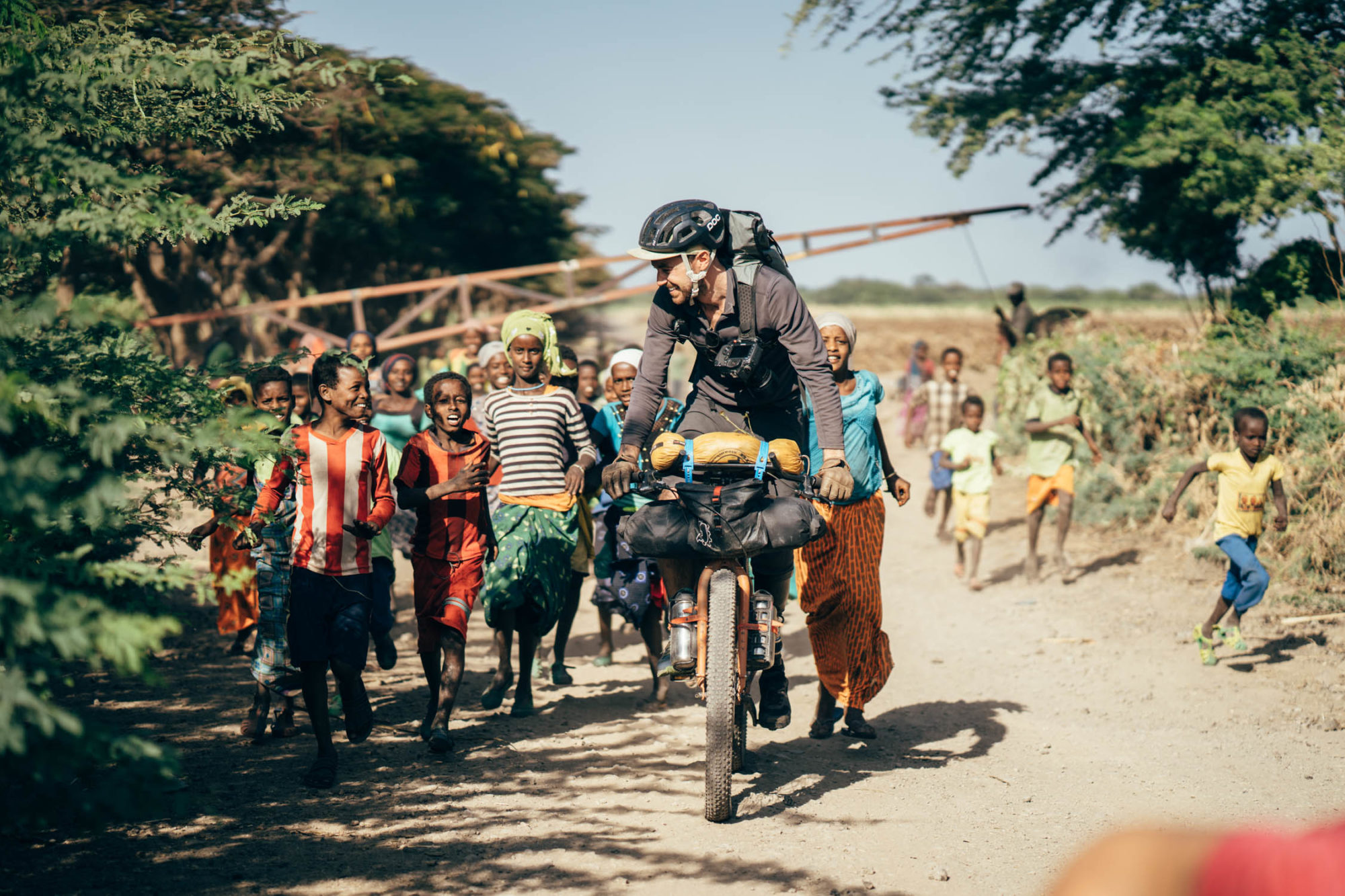
How has your work / art / life view changed since losing your leg?
Man, losing a leg is a real empathy builder. It makes you aware of an entire segment of the population that is dealing with challenges that make life so much harder. Everything is relative. As an otherwise healthy person with a below knee amputation (who has access to modern day prosthetics!), I’m still independent and able to do pretty much everything I could before. In the amputee world, it’s a papercut. Above the knee amputees? Much, much harder. Or, if you’re dealing with mental illness, oppressive racism, poverty and a lack of opportunity, any of a million other challenges, the hand you’re playing is much harder than my own.
Here in the US we have this ridiculous attitude that “life is a level playing field” and what you make of it is totally up to you. What a load of bullshit. There is such vast inequality from person to person, and this injury has helped me to see that. As a photographer and writer I’m increasingly interested in telling stories that highlight this disparity, and hopefully build similar empathy in other people.
Have you learned anything new about yourself during this process?
If you would have asked me what life as an amputee would be like before my accident, I would have said terrible. Not true. Sure, it complicates things—pretty much everything—and I have to be a bit more careful. But nothing else has really changed. I’m still me. Personal happiness continues to fluctuate along a sine wave like it did before—sometimes I’m up, other times down, but mostly I’m pretty even. Now, I have a newfound appreciation for the pain-free days, when things are really working. My relationships have improved and I believe this experience has made me a better person.
For whatever reason, I am well suited to overcome a challenge like this. I don’t know if it’s nature or nurture, but my outlook and optimism make it possible. I’m grateful for that.
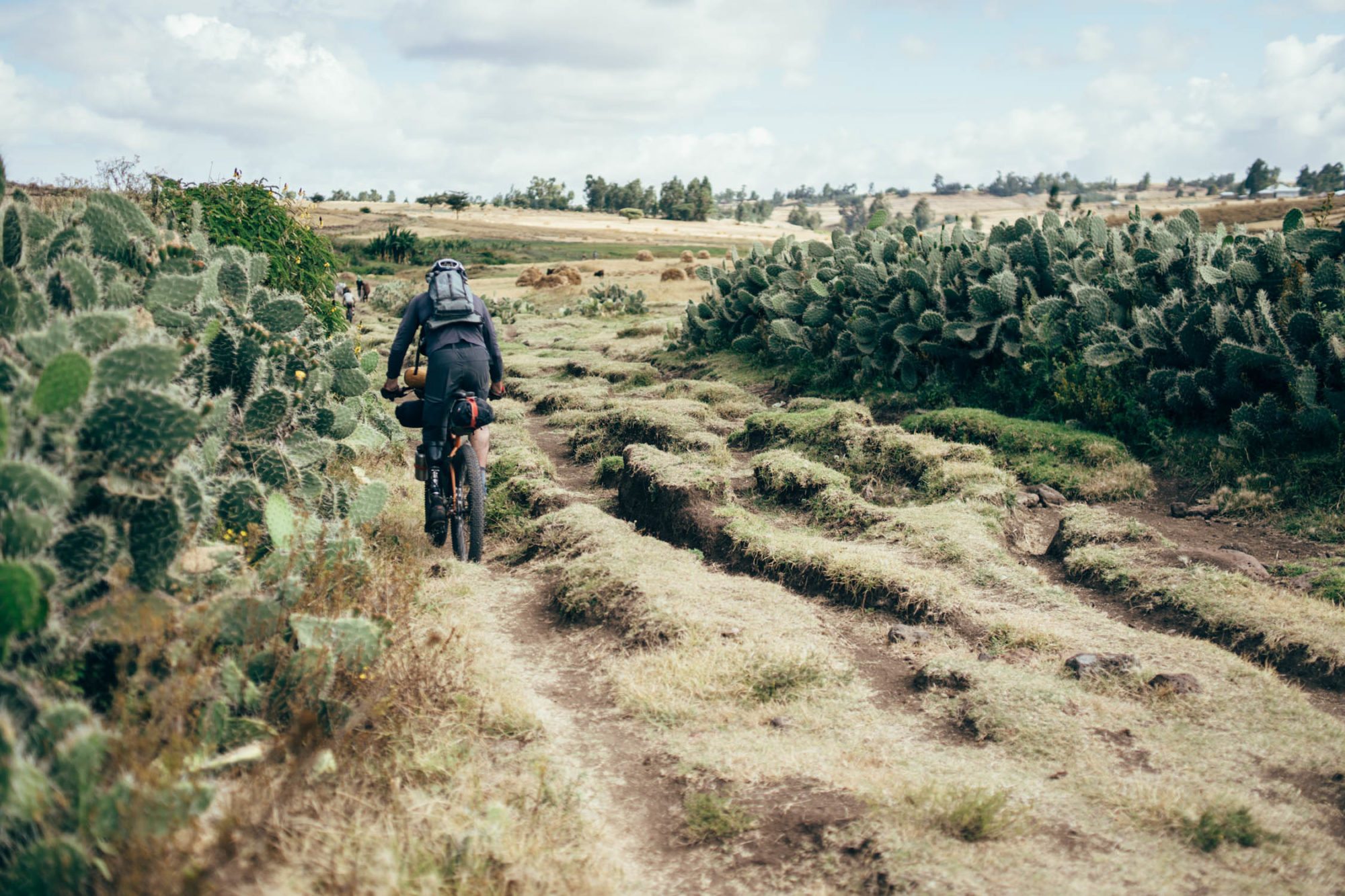
What new challenges/obstacles have you faced in regard to cycling?
Cycling has probably been the easiest form of exercise to return to. The lack of impact means that I don’t have to worry as much about how my prosthetic is fitting on any given day or if I’m in danger of “overdoing it” and not being able to walk the following day. The bane of amputees is the point where your residual limb and prosthesis meet. That skin will never be the skin on the bottom of your foot or palm of your hand—it’s not made to take your body weight, and breakdown is a constant worry.
I have to clip in on my prosthetic side or else my foot will fly off the pedal. Unfortunately, that means I can’t always get my foot off the pedal in a hurry. I’m more worried about riding hard and flying off the pedal and over the handlebars than a low speed crash because I can’t unclip.
What adaptive devices and technology do you use when riding?
So far I’ve just used my normal, everyday prosthetic for riding. It’s attached by vacuum, meaning there’s a pump in the “ankle” that activates when I walk and pumps air out of the socket, suctioning my prosthetic leg onto my body. I need more range of motion while riding, so I let the pressure off. It works pretty well. I have to consciously pedal with my prosthetic side or my strong side will do all the work. I’m still building back strength. It took me a full year before I could stand up and pedal.
In Ethiopia, I wore a clipless shoe on my prosthetic side and a trail shoe on the other. This worked pretty well for bikepacking, because I could walk fairly well during hike-a-bike sections and my foot stayed attached to the pedal while riding. Before that trip, I didn’t really know how it would go. Bikepacking with a prosthetic means that you have an entirely new set of things that can break and go wrong. It’s hard to travel as lightly. The silver lining is that I am only worried about one foot getting cold!

I greatly appreciated the support and encouragement you offered to me in the wake of my back injury (which pales in comparison to what you went through). What recommendations would you give to others facing a major life-altering injury?
At the risk of sounding preachy, I think that injuries that bring our lives to a halt are an opportunity to learn about ourselves and hopefully improve upon the way we live. There are lessons in everything, and it’s from the hardest experiences that we learn the most. I guess my hope is that when this kind of thing happens, we’re able to dig deep, face the challenges, and build ourselves back up stronger than we were before. That’s what bones do. A broken bone heals stronger than before, if set correctly and allowed to heal properly. Same for us. If we can take the opportunity to heal correctly, we will benefit in more ways than just getting back on our feet.
Lastly, what projects do you have coming up that you’re excited about?
The most exciting bikepacking related project is a ride through the American Prairie Reserve (APR) in eastern Montana this spring. The APR is an incredible project. Essentially, the organization is attempting to create a national park on the prairie through private land acquisition, because our country no longer designates new parks. APR raises money, buys contiguous tracts of land, and sets about restoring them to their original wildness while simultaneously offering access to the public. Our ride—along an original route that you’re creating—will be a great opportunity to have an adventure while simultaneously promoting the reserve as a bicycle destination. Everybody wins. And who doesn’t want to bikepack through herds of bison?
The Bike
Joel brought along a new Surly ECR for this trip. Known for its stability, long-ride comfort, and rugged steel frame, the ECR is a no-nonsense bike perfectly suited for east Africa. This bike was specced as is from Surly (which sells for $1900). Here’s the build:
Frameset
- Frame Surly ECR, 100% Surly 4130 CroMoly steel
- Fork Surly ECR, TIG-welded custom-butted 4130 CroMoly
- Seatpost Clamp Surly Stainless, 30.0mm (Surly stainless included)
Components
- Headset Cane Creek, 40 series, 1-1/8″
- Brakes Avid BB7, Centerline rotors. 180/160mm front & rear
- Brake Levers Avid FR-5
- Shifters SRAM NX Eagle
- Stem ProMax 4 bolt, 31.8
- Handlebar Surly Moloko
- Grips Velo Lock-On
- Saddle WTB Volt Sport
- Seatpost Promax 27.2, 350L, Offset
Drivetrain
- Crankset SRAM NX Eagle 30T
- Bottom Bracket SRAM Powerspline 118/73
- Front Derailleur None
- Rear Derailleur SRAM NX Eagle
- Cog or cogset SRAM Eagle 11-50T, 12 speed
- Chain SRAM NX Eagle
Wheels
- Front Hub OE 32h QR
- Rear Hub OE 32h Thru axle
- Rims WTB Scraper i40 TSC
- Tires Surly Knard 29×3.0″, 33TPI, Tubeless ready
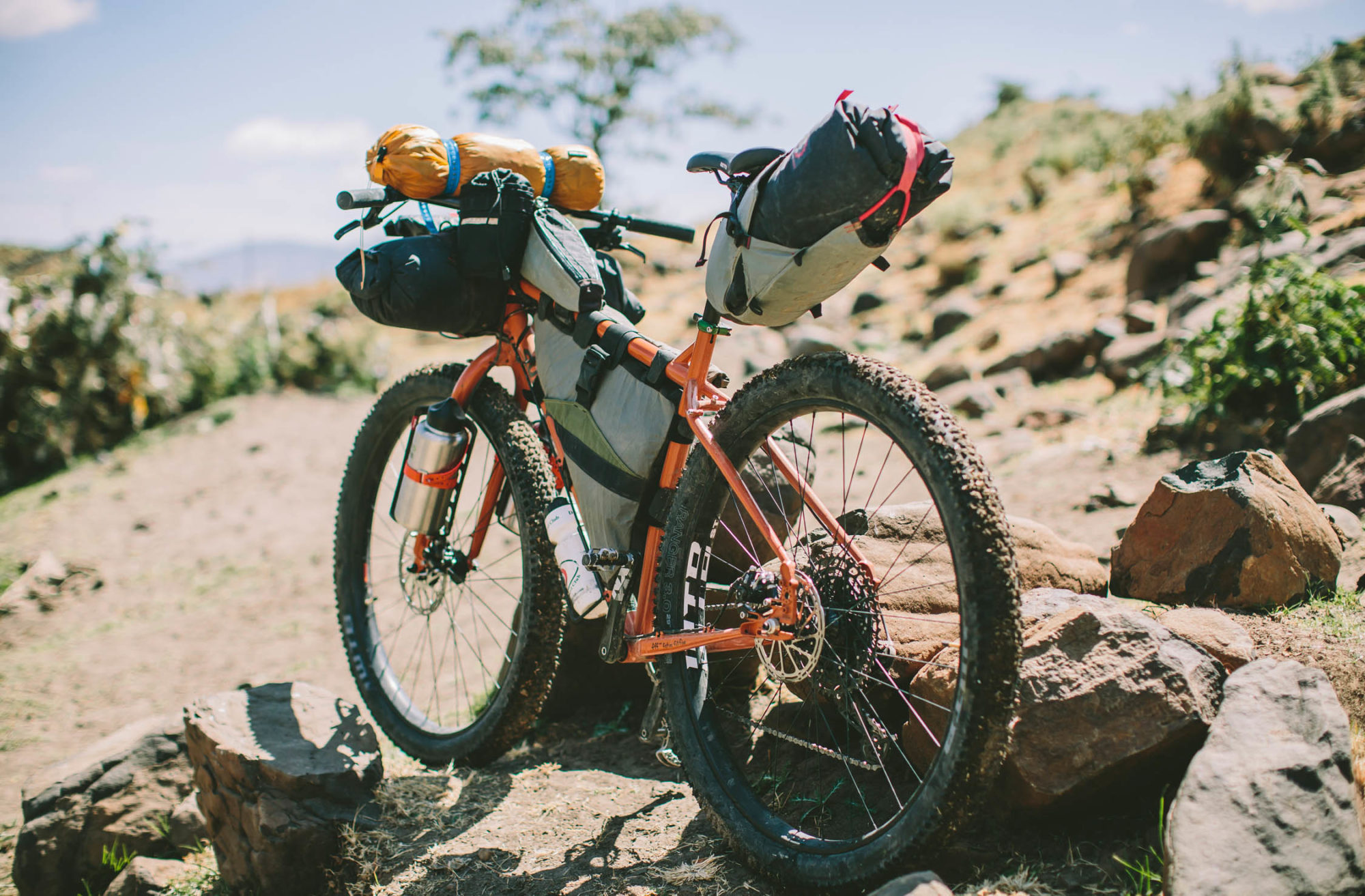
Also, be sure to check out the Rider’s Lens: Expedition Conservation with Joel Caldwell post to read more of Joel’s thoughts on his work and responsibility. And stay tuned for more on our trip in Ethiopia in the coming Issue 02 of The Bikepacking Journal. Lastly, here are a few of Joel’s photos from the trip. You can find lots more on his Instagram @joelwcaldwell.
Please keep the conversation civil, constructive, and inclusive, or your comment will be removed.






